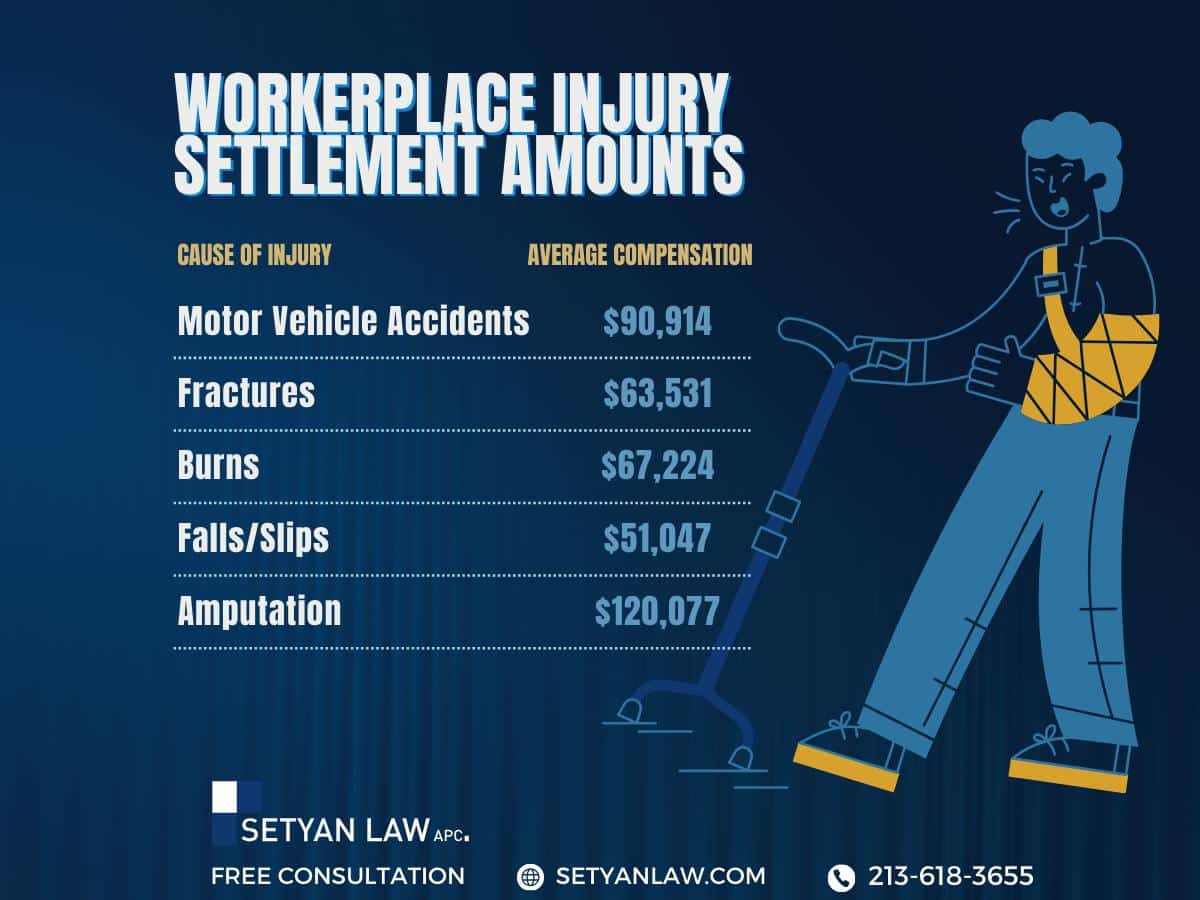Updated May 13, 2025
Does Workers’ Comp Cover Workplace Violence?
Workplace violence is an unfortunate reality that can affect any organization, regardless of its size or industry. As incidents of violence in the workplace continue to rise, understanding the implications for workers’ compensation becomes increasingly important. This article delves into the nuances of workplace violence, its definitions, the types of claims that may be covered under workers’ compensation, and the steps employers can take to mitigate risks.
Understanding Workplace Violence
Workplace violence encompasses a range of behaviors that can occur in a professional setting. The Centers for Disease Control and Prevention (CDC) defines workplace violence as any act or threat of physical violence, harassment, intimidation, or other threatening disruptive behavior that occurs at the work site. This can manifest in various forms, including:
- Physical Assaults: These can range from minor altercations to severe attacks that result in injury or death.
- Verbal Abuse: This includes threats, harassment, or any form of intimidation directed at employees.
- Bullying: Persistent negative behavior that undermines an employee’s dignity and well-being.
- Robbery or Theft: Incidents where employees are threatened or harmed during a robbery.
- Mass Shootings: Tragically, these events have become more common in workplaces, leading to severe consequences for victims and employers alike.
Certain industries are more susceptible to workplace violence, particularly those with high public interaction, such as healthcare, education, law enforcement, and retail. Understanding the specific risks associated with your industry is crucial for effective prevention.
Workers’ Compensation and Workplace Violence Claims
When workplace violence occurs, employees may seek compensation for their injuries through workers’ compensation claims. However, not all incidents are covered. Here’s a breakdown of what is typically included:
Types of Claims Covered
Physical Injuries: Employees injured during a violent incident may be entitled to compensation for medical expenses, lost wages, and rehabilitation costs. Common injuries include:
- Cuts, bruises, or fractures resulting from physical altercations.
- Injuries sustained while trying to escape a violent situation.
- Gunshot wounds or other severe injuries.
Psychological Injuries: Workers may also file claims for psychological trauma resulting from witnessing or experiencing violence. This can include:
- Post-Traumatic Stress Disorder (PTSD).
- Anxiety or depression stemming from the incident.
- Emotional distress claims for those who witnessed violence, even if they were not directly harmed.
Claims Not Typically Covered
While workers’ compensation provides broad coverage, certain situations may not qualify for claims. These include:
- Incidents Occurring Outside Work Hours: If an employee is attacked while socializing after hours or off-site, the claim may be denied.
- Initial Aggressors: Employees who instigate a fight or altercation may not be eligible for compensation for injuries sustained during the incident.
- Personal Disputes: Conflicts arising from personal relationships unrelated to work may not be covered, even if they occur on company premises.
The Legal Landscape in California
In California, the workers’ compensation system is designed to provide benefits to employees injured on the job, including those affected by workplace violence. However, the legal framework can be complex. Here are some key points to consider:
- No-Fault System: California operates under a no-fault workers’ compensation system, meaning employees do not need to prove negligence on the part of their employer to receive benefits. However, they must demonstrate that the injury occurred in the course of employment.
- Psychological Claims: California law allows for psychological injury claims, but these can be more challenging to prove. Employees must provide substantial evidence linking their psychological condition to the workplace incident.
- Employer Liability: Employers may face additional liability if they fail to provide a safe working environment. This can lead to civil lawsuits beyond workers’ compensation claims.
Preventing Workplace Violence
Employers play a critical role in preventing workplace violence. By implementing proactive measures, they can create a safer environment for their employees. Here are some effective strategies:
1. Conduct Risk Assessments
Regularly evaluate the workplace for potential hazards that could lead to violence. This includes assessing the physical layout, employee interactions, and any external threats.
2. Develop a Violence Prevention Policy
Establish clear policies outlining acceptable behavior and the consequences of violent actions. Ensure that all employees are aware of these policies and understand the importance of maintaining a respectful workplace.
3. Provide Training
Offer training programs that focus on conflict resolution, de-escalation techniques, and recognizing the warning signs of potential violence. This empowers employees to handle situations effectively and safely.
4. Encourage Reporting
Create a culture where employees feel comfortable reporting incidents or concerns without fear of retaliation. Implement anonymous reporting systems to facilitate this process.
5. Support Mental Health
Provide resources for mental health support, such as Employee Assistance Programs (EAPs). Addressing mental health issues can help reduce the risk of violence stemming from personal stressors.
What to Do After an Incident
If a workplace violence incident occurs, it’s essential to take immediate action. Here are the steps to follow:
1. Ensure Safety
The first priority is to ensure the safety of all employees. This may involve evacuating the premises or securing the area until authorities arrive.
2. Seek Medical Attention
If anyone is injured, provide immediate medical assistance. This includes calling emergency services and ensuring that injured employees receive the necessary care.
3. Document the Incident
Thoroughly document the incident, including witness statements, photographs of the scene, and any relevant details. This information will be crucial for any subsequent workers’ compensation claims or legal actions.
4. Notify Authorities
Depending on the severity of the incident, it may be necessary to involve law enforcement. Report the incident to the appropriate authorities and cooperate with any investigations.
5. Review and Revise Policies
After an incident, review existing workplace violence policies and procedures. Identify areas for improvement and implement changes to prevent future occurrences.
Conclusion
Understanding the complexities of workplace violence and its implications for workers’ compensation is essential for both employees and employers. By fostering a safe work environment and being prepared to respond effectively to incidents, organizations can protect their employees and mitigate the risks associated with workplace violence. If you or someone you know has been affected by workplace violence, it’s crucial to seek legal guidance to navigate the workers’ compensation process and ensure that your rights are protected.
For more information on workplace violence, workers’ compensation claims, or legal assistance, consider reaching out to a qualified attorney who specializes in employment law. Your safety and well-being at work should always be a top priority.
Contact an Employment Lawyer
Catastrophic injuries can significantly impact an individual’s life, especially regarding employment and financial stability. Understanding the rights and benefits available under California workers’ compensation laws is essential for those affected. Legal representation can provide invaluable support in navigating the complexities of claims, ensuring that injured workers receive the compensation they deserve. If you or someone you know is dealing with the aftermath of a catastrophic injury, consider seeking legal assistance to fully understand your rights and options.
Los Angeles attorney Sam Setyan has helped countless clients in your situation.
Call Setyan Law at (213)-618-3655 for a consultation.







